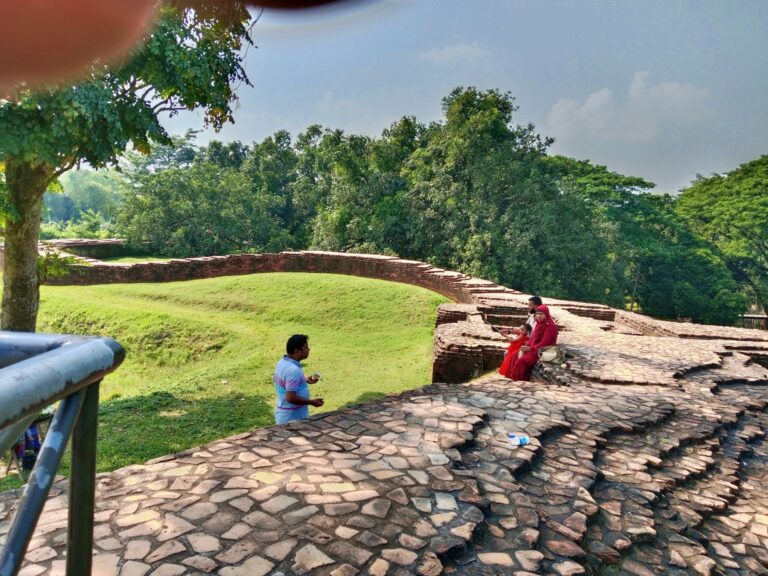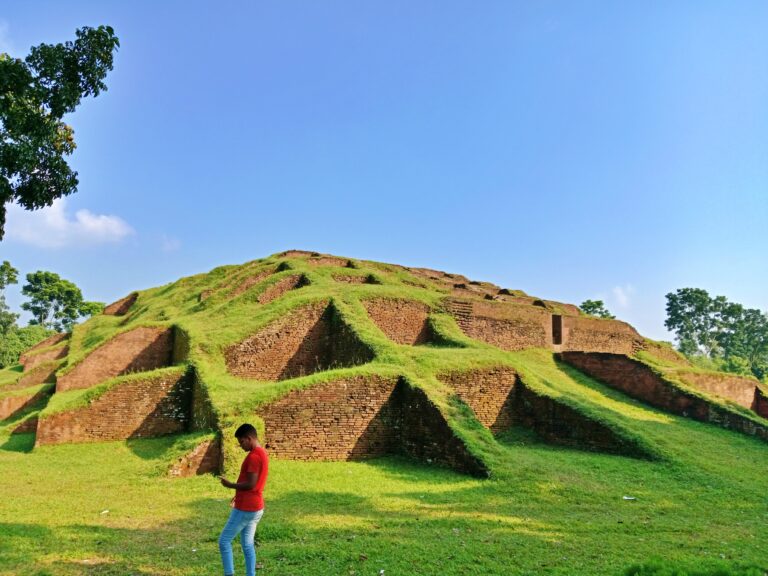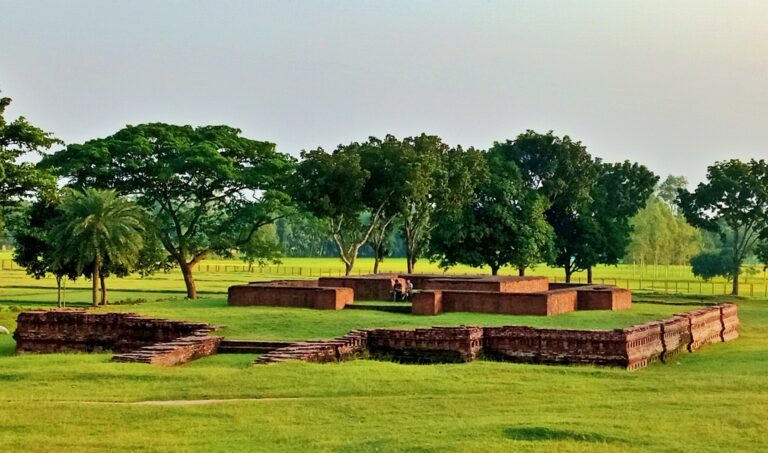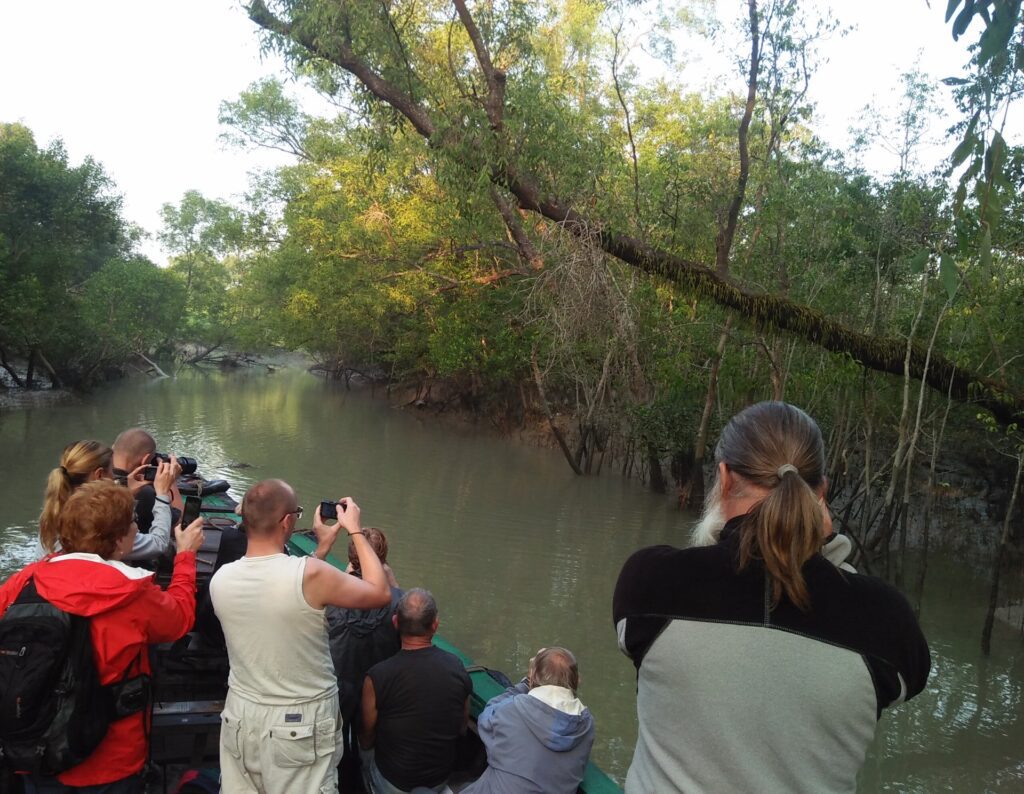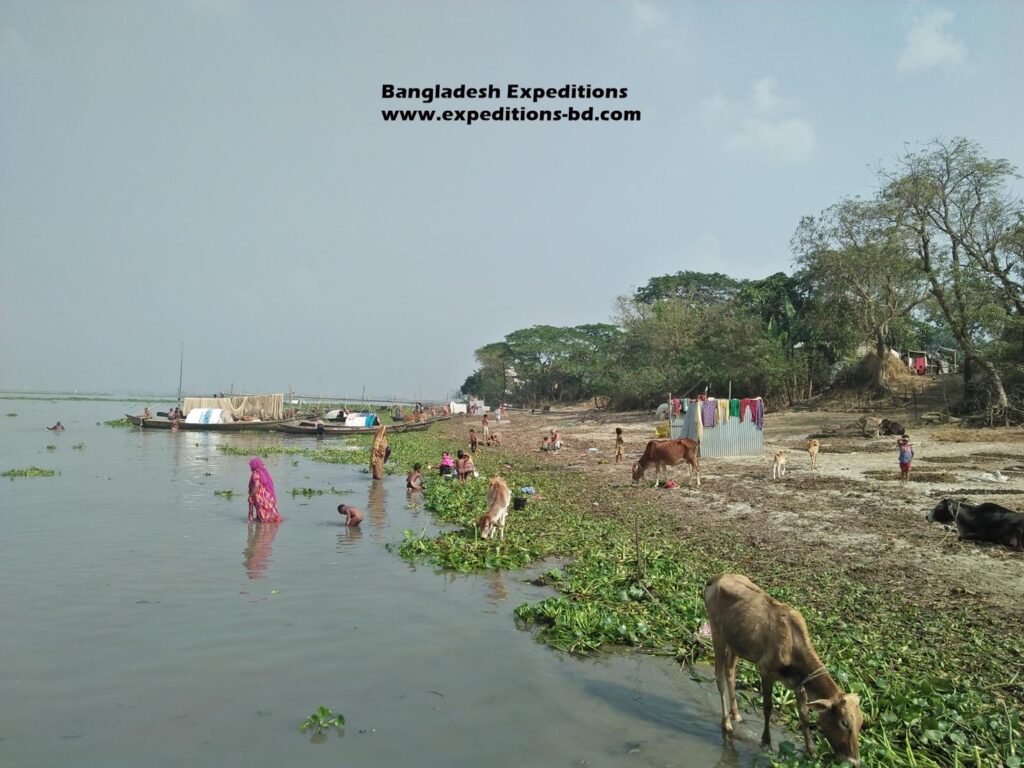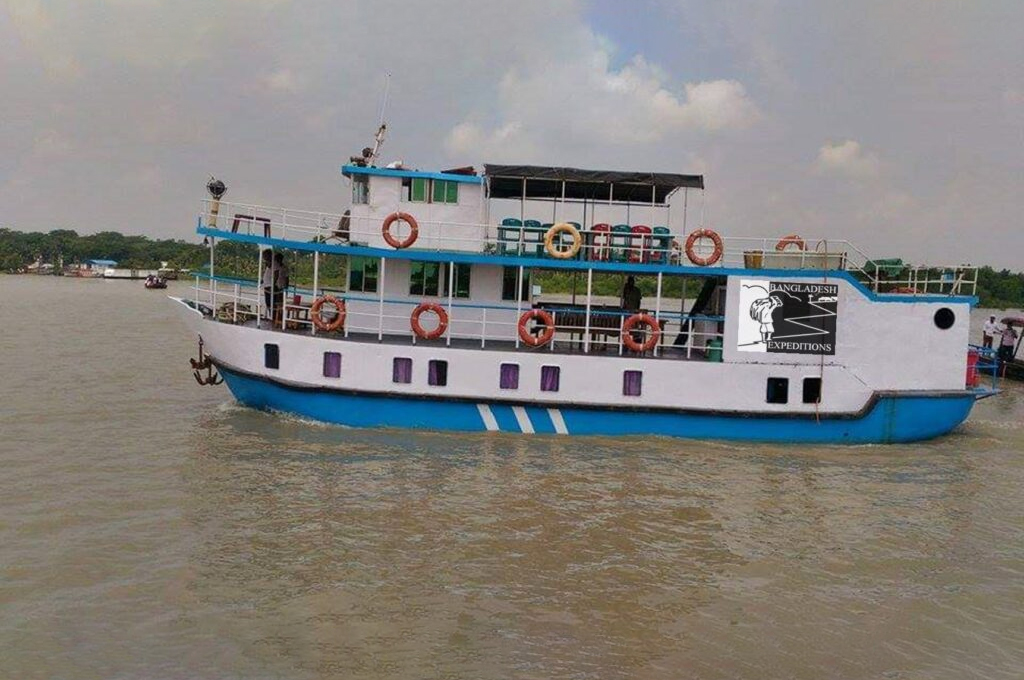Mahasthan:
Mahasthan is another conspicuous historic fortress city since- 3rd Century BC. to 12th Century AD which was the provincial capital of Chandragupta mauryan who contribute to ancient arts and craftsmanship, the great Ashoka with the mission of Buddhism lighted the city with autocratic power, Emperor of shunga and attempt of Shashanka shaped the crafts and the artisans of Bengal before the darkness afterwards with the lights of Buddhism pala rulers were ever developed the Bengal by reshaping the gigantic infrastructures of the city and built many Temples, stupa and monasteries and influenced the people most terracotta structures in the land. Temples and Stupa was the icon of the city. Entire Bengal had prosperous baked brick built fortress port cities, monuments, Temples, Stupas and monasteries but the river often fluctuated to faded away the precious structures of Bengal.
Vasu Vihara – Gatam Buddha stay in this great university
is an ancient Buddhist monastic complex stands to witness the region’s rich Buddhist heritage. Archaeological findings revealed the religious, cultural, and educational practices of the past glory of Buddhism in Bangladesh during Pala dynasty.
beautiful terracotta plaques are the last remaining significant pieces of art and architectural history
Mahasthangarh Museum
The Mahasthangarh museum preserved and showcases archaeological findings from Mahasthangarh, one of Bangladesh’s oldest urban settlements. It serves as a remarkable resource for researchers, students, and the public, offering insights into the country’s past and promoting understanding of its cultural value.
Gokul Medh
Gokul Medh is locally called as Behula-Lakkhindarer Bashor ghar. It highlights ruins of 42-feet high platforms consisting of 172 blind cells. On the flat top of this platform a Buddhist religious establishment was built.

